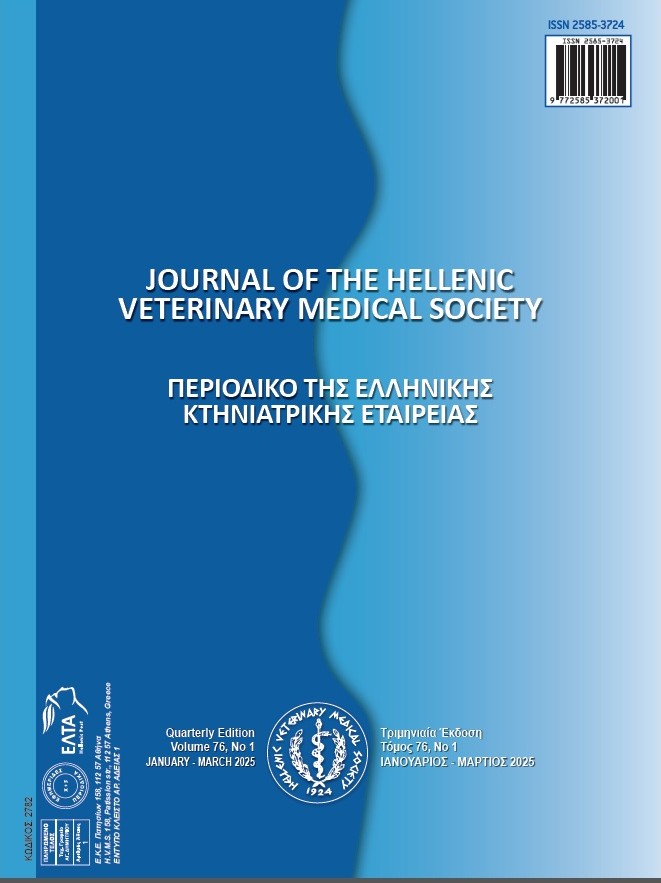Evaluation of different types of feline blood groups in cats of Isfahan, Iran

Abstract
There is a high demand for pet veterinary care due to the increasing tendency to keep pets in Iranian households. These include blood transfusions because incompatible blood groups can lead to some negative effects such as isoerythrolysis in cats. This study was the first attempt to evaluate the distribution of blood type of cats in Iran. Blood samples were collected from 63 domestic short hair cats in Isfahan, Iran and blood groups were determined by the kit card agglutination method (Rapid Vet-H IC Feline kits, Agrolabo, Scarmagno, Italy). According to the results, the frequency of blood types of A, B, and AB were 96.8%, 3.2%, and 0%, respectively. Card agglutination method is a fast method with high validity. Therefore, it is recommended for determining blood types in donor and recipient in veterinary hospitals and breeding centers.
Article Details
- How to Cite
-
SALEHI-NAJAFABADI, E., KARIMI-DEHKORDI, M., & JAFARIAN-DEHKORDI, M. (2022). Evaluation of different types of feline blood groups in cats of Isfahan, Iran. Journal of the Hellenic Veterinary Medical Society, 72(4), 3271–3278. https://doi.org/10.12681/jhvms.29540
- Issue
- Vol. 72 No. 4 (2021)
- Section
- Research Articles

This work is licensed under a Creative Commons Attribution-NonCommercial 4.0 International License.
Authors who publish with this journal agree to the following terms:
· Authors retain copyright and grant the journal right of first publication with the work simultaneously licensed under a Creative Commons Attribution Non-Commercial License that allows others to share the work with an acknowledgement of the work's authorship and initial publication in this journal.
· Authors are able to enter into separate, additional contractual arrangements for the non-exclusive distribution of the journal's published version of the work (e.g. post it to an institutional repository or publish it in a book), with an acknowledgement of its initial publication in this journal.
· Authors are permitted and encouraged to post their work online (preferably in institutional repositories or on their website) prior to and during the submission process, as it can lead to productive exchanges, as well as earlier and greater citation of published work.




